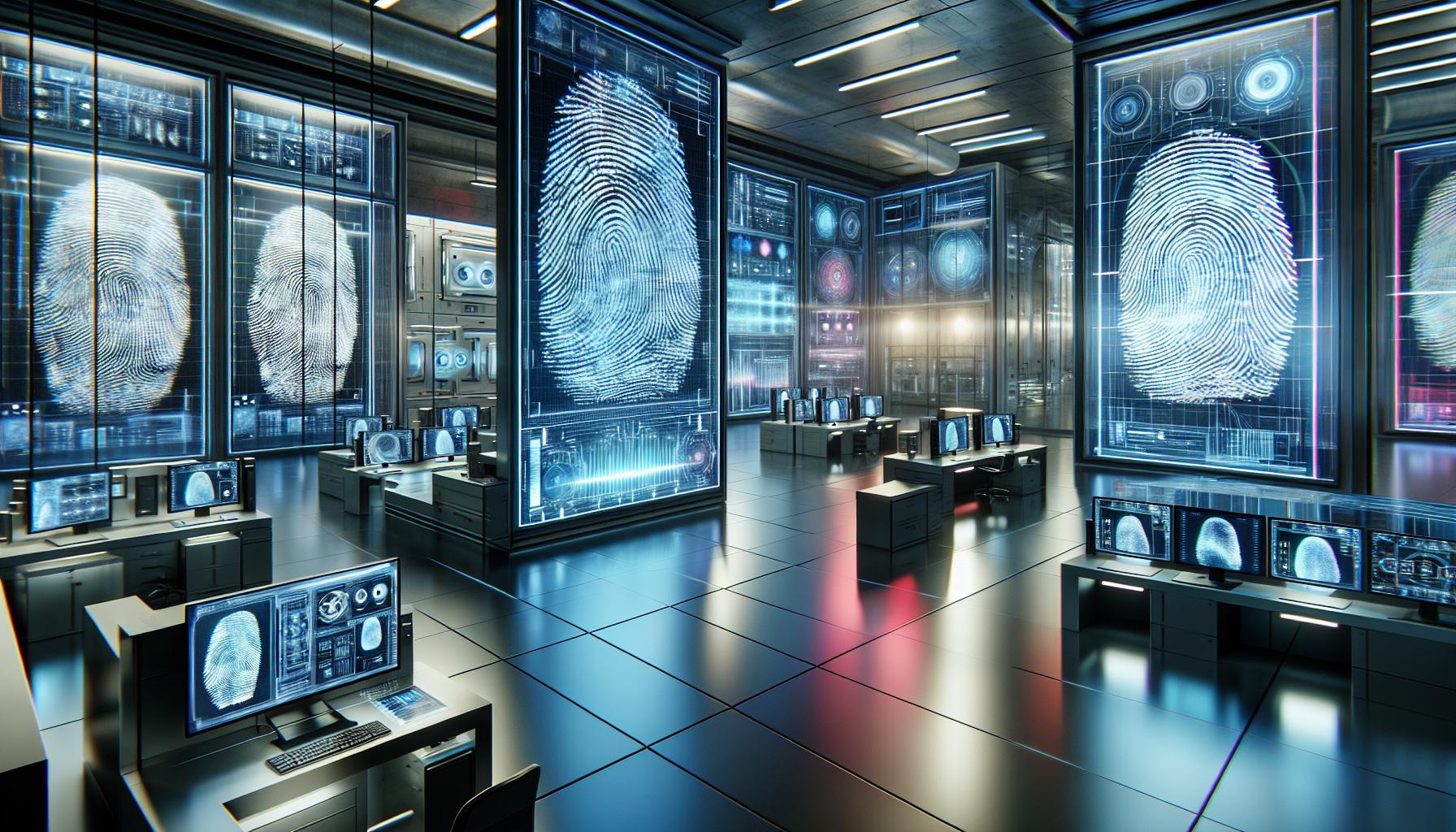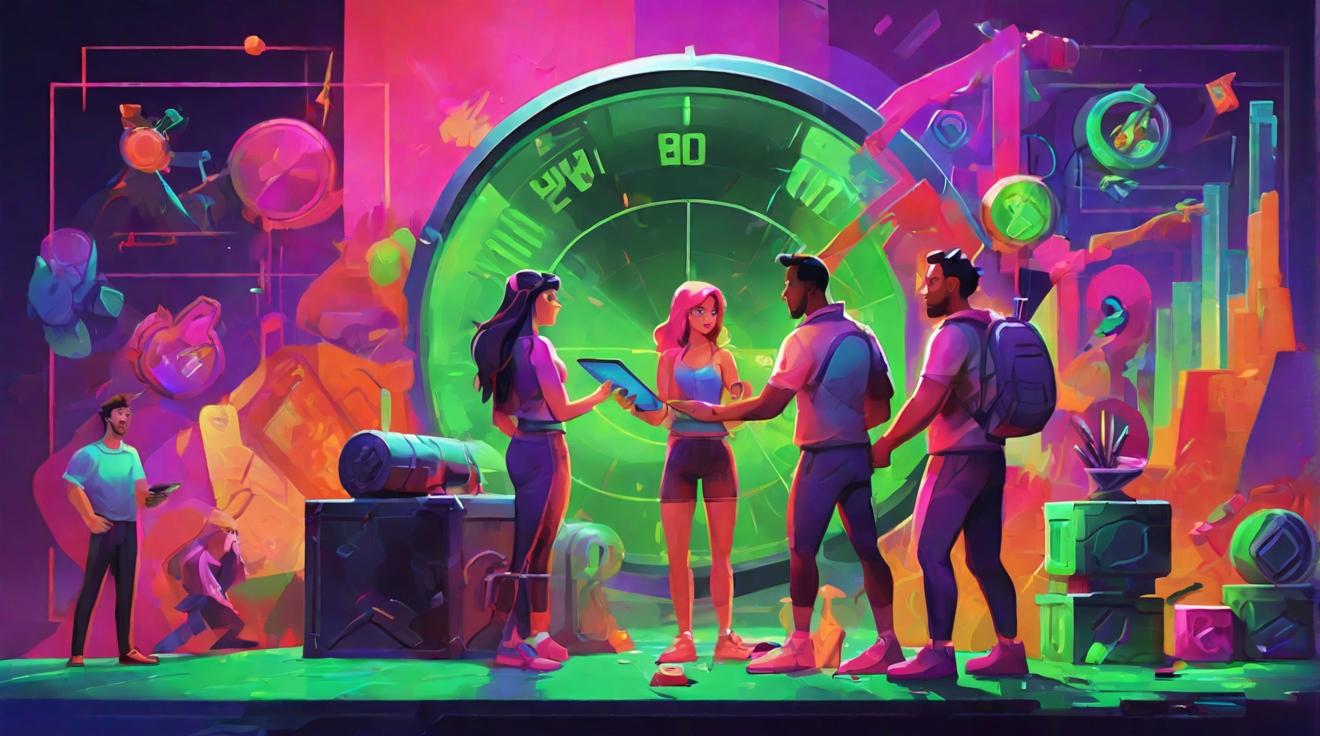AI Model Identifies Matching Fingerprints, Boosting Forensic Efficiency
Artificial intelligence has revolutionized many fields, and now it has made its way into forensic investigations. A new AI model has been developed that can accurately determine whether fingerprints left by different fingers belong to the same person. This breakthrough technology could greatly enhance the efficiency of forensic investigations, enabling investigators to identify if one individual was present at separate crime scenes.
How Artificial Intelligence Can Determine if Fingerprints Belong to Same Person
Traditionally, forensic technologies could only match fingerprints left by the same finger, limiting their effectiveness in identifying suspects. However, recent studies have suggested that there are fundamental similarities between all of a person’s fingertips. Building on this idea, Gabe Guo and his colleagues at Columbia University trained a machine learning model to determine whether fingerprints from different fingers belonged to the same person. The training data comprised over 50,000 fingerprints from nearly 1000 individuals, sourced from public databases. Privacy concerns were addressed by using fingerprints from deceased individuals or de-identified samples.
Groundbreaking AI Technology Enhances Forensic Investigations
After training the model, Guo and his team put it to the test using a separate set of over 7000 fingerprints from around 150 people. The model’s performance was evaluated using a statistical measure that estimates accuracy on a scale of 0 to 1. Remarkably, the researchers found that the model scored higher than 0.75, suggesting it reliably identifies whether fingerprints from different fingers belong to the same person. This groundbreaking technology has the potential to revolutionize forensic investigations by providing a new tool to analyze fingerprint evidence.
Potential of AI in Crime Scene Analysis: Matching Prints from Different Fingers
The application of this AI technology in forensic investigations is promising. One potential use case is when fingerprints are found at multiple crime scenes that do not match anyone in the existing databases. The AI model could determine if the person who left the fingerprints at one crime scene is the same individual who left different prints at another crime scene. This capability could potentially connect seemingly unrelated crimes and aid in identifying serial offenders.
Limitations and Future Implications: AI Accuracy in Court of Law
While the AI model shows great promise in enhancing forensic investigations, its current accuracy is not yet high enough to be admissible as evidence in a court of law. Researchers acknowledge that further improvements and larger databases are needed to increase the reliability of the model. Retraining the model with a larger dataset would be crucial to ensure its effectiveness and accuracy in legal settings. Nonetheless, this AI technology marks a significant step forward in forensic science and has the potential to revolutionize the way fingerprint evidence is analyzed and utilized in criminal investigations.
Analyst comment
Positive news: AI Model Identifies Matching Fingerprints, Boosting Forensic Efficiency
As an analyst, I predict that the market for forensic investigation tools and technologies will experience significant growth. The development of this AI model, which accurately determines whether fingerprints from different fingers belong to the same person, will revolutionize forensic investigations. This breakthrough technology has the potential to greatly enhance the efficiency of criminal investigations and connect seemingly unrelated crimes, ultimately aiding in the identification of serial offenders. However, further improvements are needed for the model to be admissible as evidence in a court of law.













